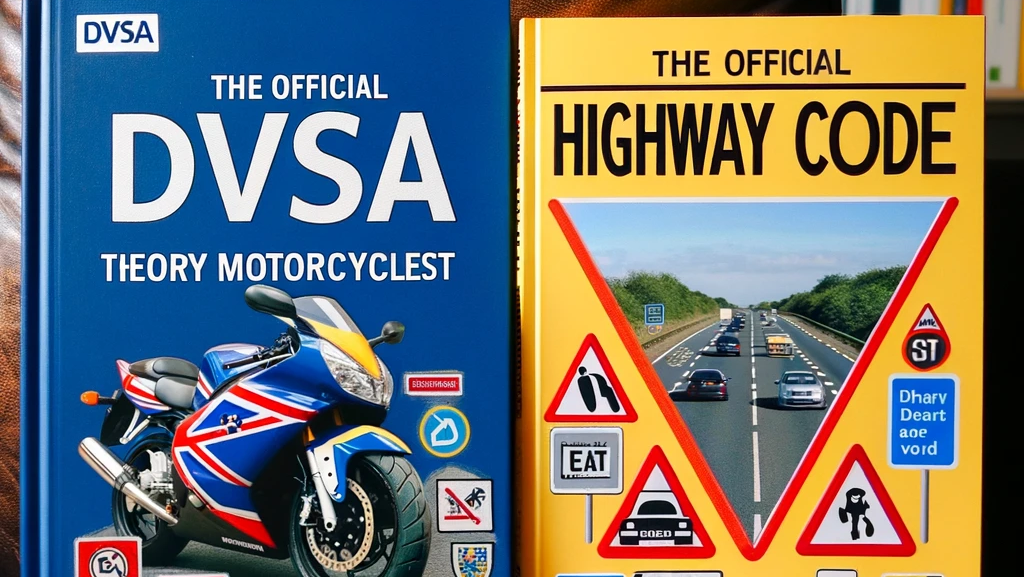Introduction
So, you’re gearing up to take your motorcycle theory test? Awesome! Whether you’re a seasoned rider or a newbie, passing this test is a crucial step toward earning your motorcycle license. In this guide, we’ll break down everything you need to know to ace your motorcycle theory test, from essential study tips to the best resources available. Let’s hit the road to success together!
Understanding the Motorcycle Theory Test
First things first, let’s get familiar with what the motorcycle theory test entails. The test is divided into two parts:
- Multiple-Choice Questions: This section includes questions on various topics such as road signs, riding theory, and safety regulations. You’ll need to answer a series of questions, usually 50, within a specified time limit.
- Hazard Perception: This part tests your ability to recognize and respond to potential hazards on the road. You’ll watch video clips of real-life road scenarios and indicate when you see a developing hazard.
Preparing for the Test
1. Know the Syllabus
Understanding what the test covers is your first step. The main topics typically include:
- Road signs and markings
- Rules of the road
- Riding techniques
- Safety equipment
- Environmental issues
Make sure you get hold of the official syllabus or handbook. This will serve as your primary study guide.
2. Gather Study Materials
You’ll need the right resources to prepare effectively. Here are some recommended materials:
- The Highway Code: This is a must-read. It contains all the rules and regulations you need to know.
- DVSA Official Motorcycle Theory Test Kit: This includes practice questions and hazard perception clips.
- Motorcycle Theory Test Apps: There are several apps available that provide practice questions and mock tests on the go.
3. Create a Study Plan
Don’t just dive in without a plan. Allocate time each day to study different sections of the syllabus. Break down your study sessions into manageable chunks and cover one topic at a time.
Effective Study Tips
1. Practice, Practice, Practice
The more you practice, the better. Use mock tests to familiarize yourself with the format and types of questions you’ll encounter. This will also help you manage your time effectively during the actual test.
2. Use Mnemonics and Visual Aids
To remember road signs and rules, use mnemonic devices and visual aids. Flashcards can be particularly helpful for quick reviews.
3. Join Study Groups
Sometimes, studying with others can make a big difference. Join a local study group or online forums where you can share tips and resources, and ask questions.
4. Take Regular Breaks
Don’t overwork yourself. Take regular breaks to rest and recharge. This helps improve concentration and prevents burnout.
Test Day Tips
1. Get a Good Night’s Sleep
Ensure you get plenty of rest the night before your test. A well-rested mind performs significantly better.
2. Arrive Early
On the day of the test, arrive at the test center early. This gives you time to relax and get accustomed to the environment.
3. Read Questions Carefully
During the test, read each question carefully. Don’t rush. Make sure you understand what’s being asked before selecting your answer.
4. Stay Calm During the Hazard Perception Test
For the hazard perception test, stay calm and focused. Click when you see a potential hazard developing, but avoid clicking too much, as this can be flagged as cheating.
Additional Resources
Here are some extra resources to help you prepare:
- DVSA Learning Zone: An online resource with practice tests and video tutorials.
- YouTube Channels: There are many educational channels that offer tips and explanations on the theory test.
- Motorcycle Clubs: Joining a local motorcycle club can provide you with support and resources.

